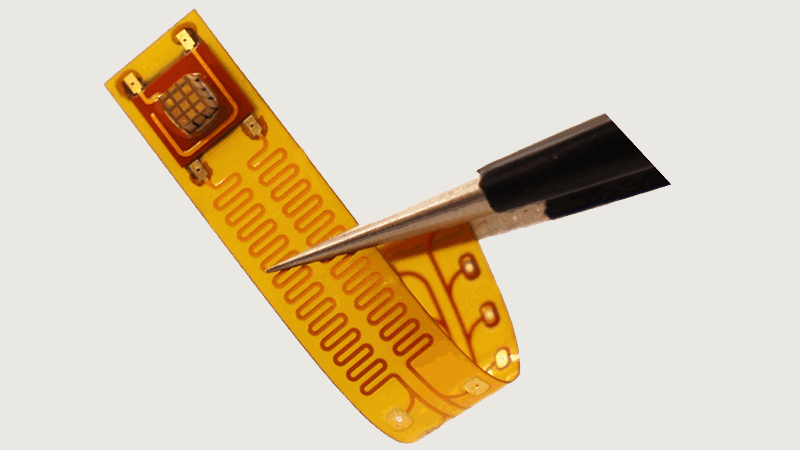Engineers Tackling Chronic Pain with Innovative Electronic Implants
Understanding the Burden of Chronic Pain
Did you know that one in five people globally suffers from chronic pain? This staggering statistic highlights a critical health issue that often becomes more prevalent with age, affecting individuals’ quality of life and overall well-being. Fortunately, engineers and researchers are working tirelessly to combat this debilitating condition by creating groundbreaking technologies.
A Revolutionary Approach by USC Researchers
At the forefront of this battle against pain is a team of innovative engineers from the University of Southern California (USC). They are making waves with their latest creation: a miniaturized electrical stimulator designed specifically for chronic pain management. Unlike traditional stimulators, this flexible ultrasound-induced wireless implantable (UIWI) device is designed to securely attach to the spine, adapting to the body’s movements without sacrificing effectiveness.

The University of Southern California’s new implantable device for chronic pain management is small and flexible (Credit: Zhou Lab)
How Does It Work?
This breakthrough device operates on a unique principle: it harnesses ultrasound to eliminate the need for bulky batteries. A miniaturized piezoelectric element converts ultrasound energy from an external transmitter, worn by the patient, into electrical power. This energy then stimulates the spinal cord, effectively blocking pain signals before they reach the brain.
Qifa Zhou, a professor of ophthalmology at USC, expresses confidence in this technology’s potential: “We believe it offers great potential to replace pharmacological schemes and conventional electrical stimulation approaches, aligning with clinical needs for pain mitigation.”
The Power of AI in Pain Management
What sets this device apart is its smart, self-adaptive capabilities. Combining cutting-edge artificial intelligence with practical engineering, the device continuously monitors brain activity via EEG signals. This innovative use of machine learning allows the device to intervene precisely when needed, boasting an impressive accuracy rate of nearly 95%.
Competing Technologies in Pain Relief
The USC device isn’t the only advancement in the realm of pain management. Another noteworthy player is the Inceptiv closed-loop spinal cord stimulator from Medtronic, recently approved in the U.S. This ultra-thin device, implanted in the lower back, continuously checks for pain signals and applies current automatically, ensuring consistent relief.
Additionally, the Proclaim DRG Neurostimulator system targets the dorsal root ganglion, a pathway for pain messages. This device uses tiny, thread-like leads to deliver low-energy pulses, making it particularly effective for lower limb pain.
The Frontier of Pain Innovation
Beyond electrical stimulation, novel approaches are under development as well. For instance, a water-soluble device from Northwestern University employs precise cooling techniques on peripheral nerves and dissolves when no longer needed. Lead engineer John A. Rogers articulates the vision driving these innovations: “As engineers, we are motivated by the idea of treating pain without drugs – in ways that can be turned on and off instantly, with user control over relief intensity.”
Miniaturization: A Key to Success
Why Size Matters
The innovative USC device not only boasts advanced technology but also represents a significant engineering triumph in miniaturization. As Tim Burbey, president of Blueshift Materials, points out, “The smaller the devices become, the more convenient they are for medical staff, and the more comfortable they are for patients.”
However, this shrinking technology presents hurdles. Engineers must consider thermal protection to ensure both patient safety and device integrity. Thermal noise can distort readings and lead to misdiagnosis, making it crucial to tackle these challenges head-on.
The Road Ahead
While the future of pain management looks promising, overcoming the hurdles of miniaturization and device performance is a formidable challenge. Striking a balance between size and functionality is key, especially as we look to improve patient outcomes through innovative engineering solutions.
Want to stay updated on groundbreaking engineering stories? Subscribe to the Professional Engineering newsletter for the latest insights and opportunities in the field! Sign up here.
Disclaimer: Content published by Professional Engineering does not necessarily represent the views of the Institution of Mechanical Engineers.






